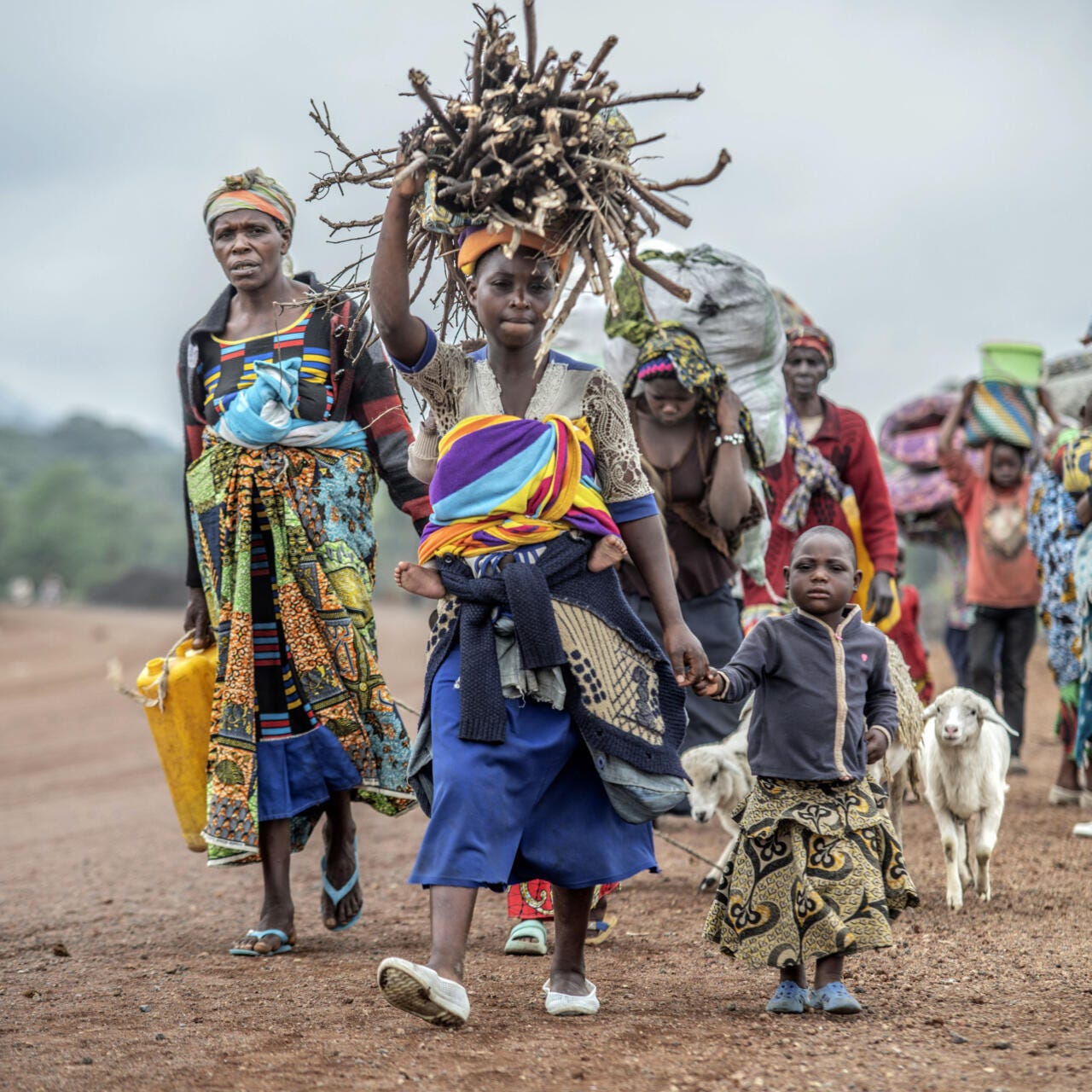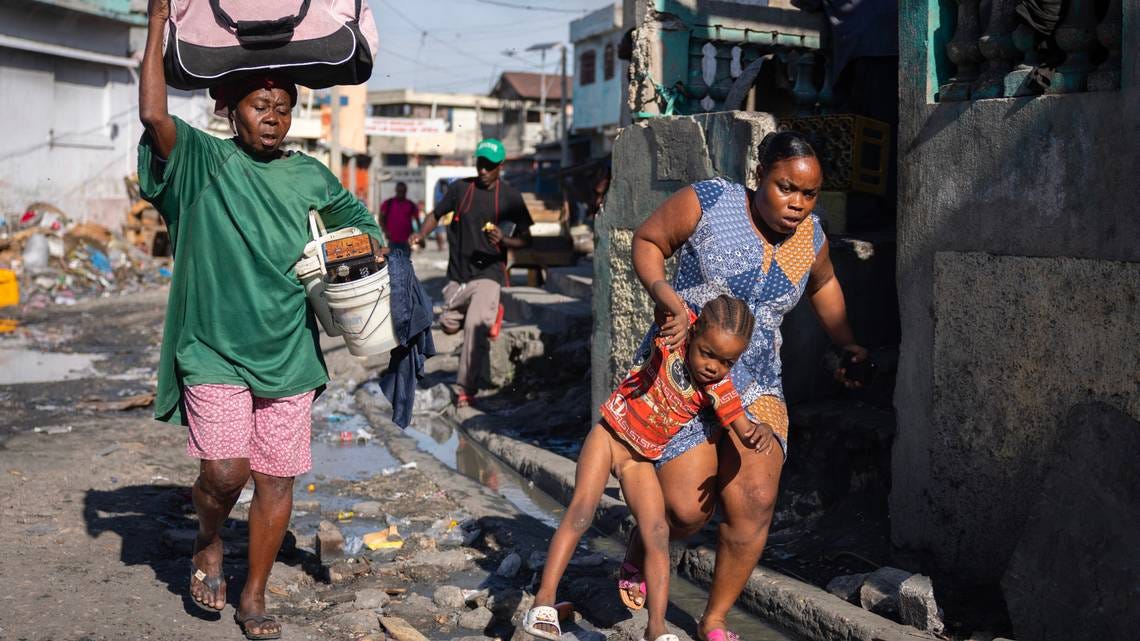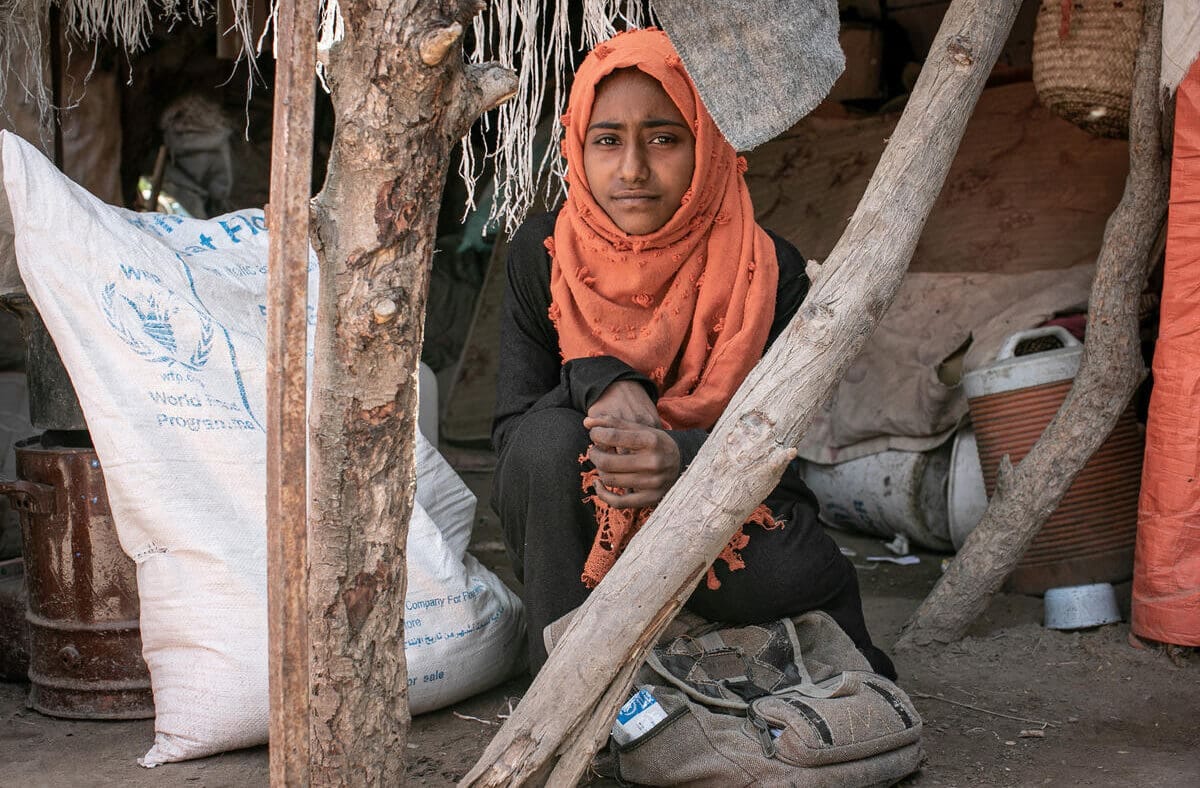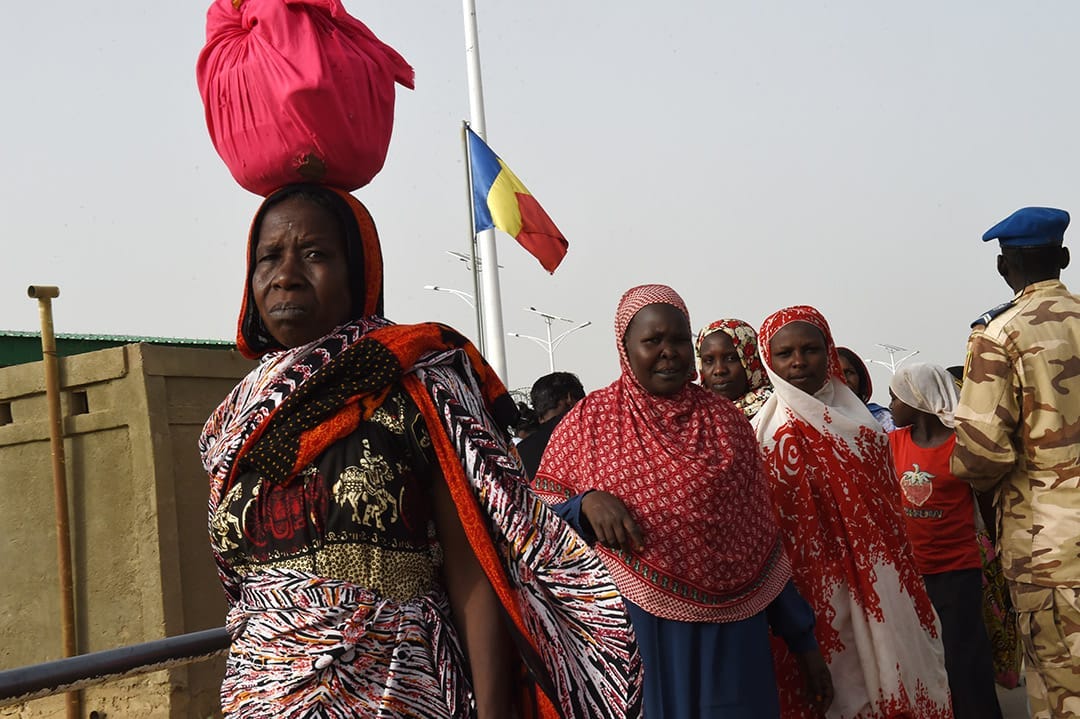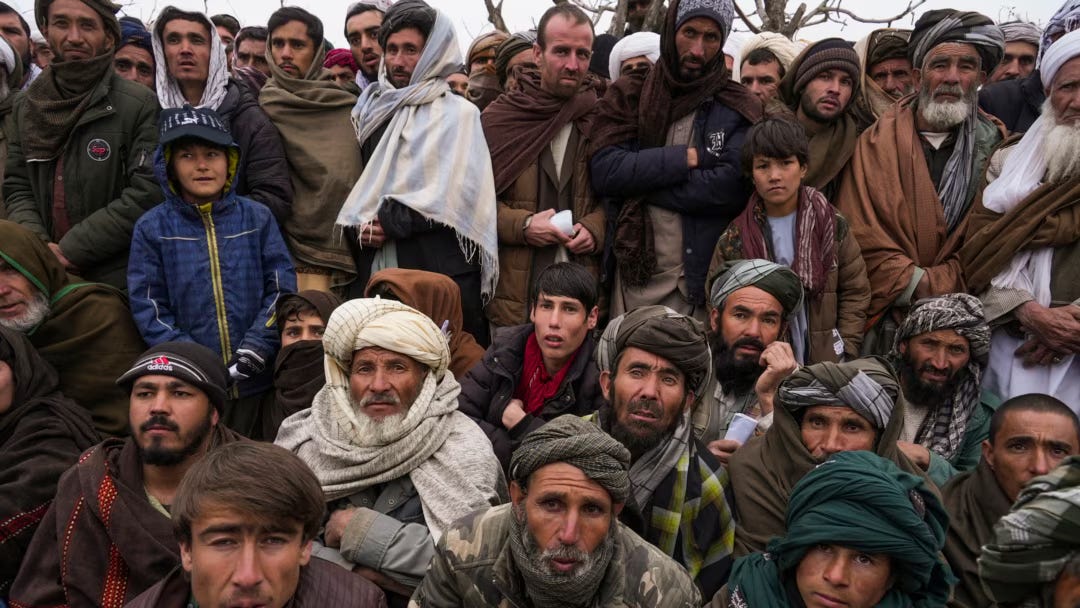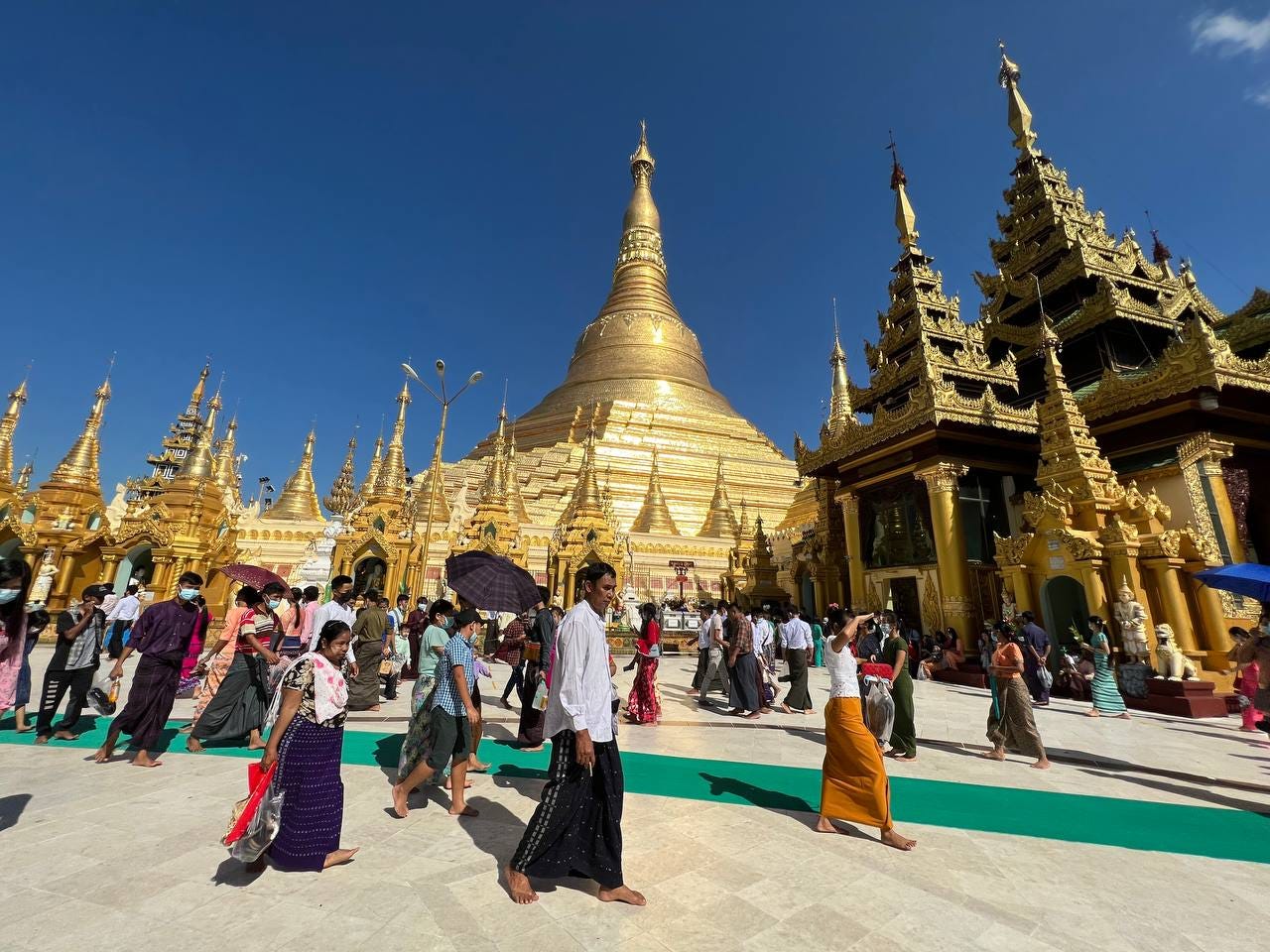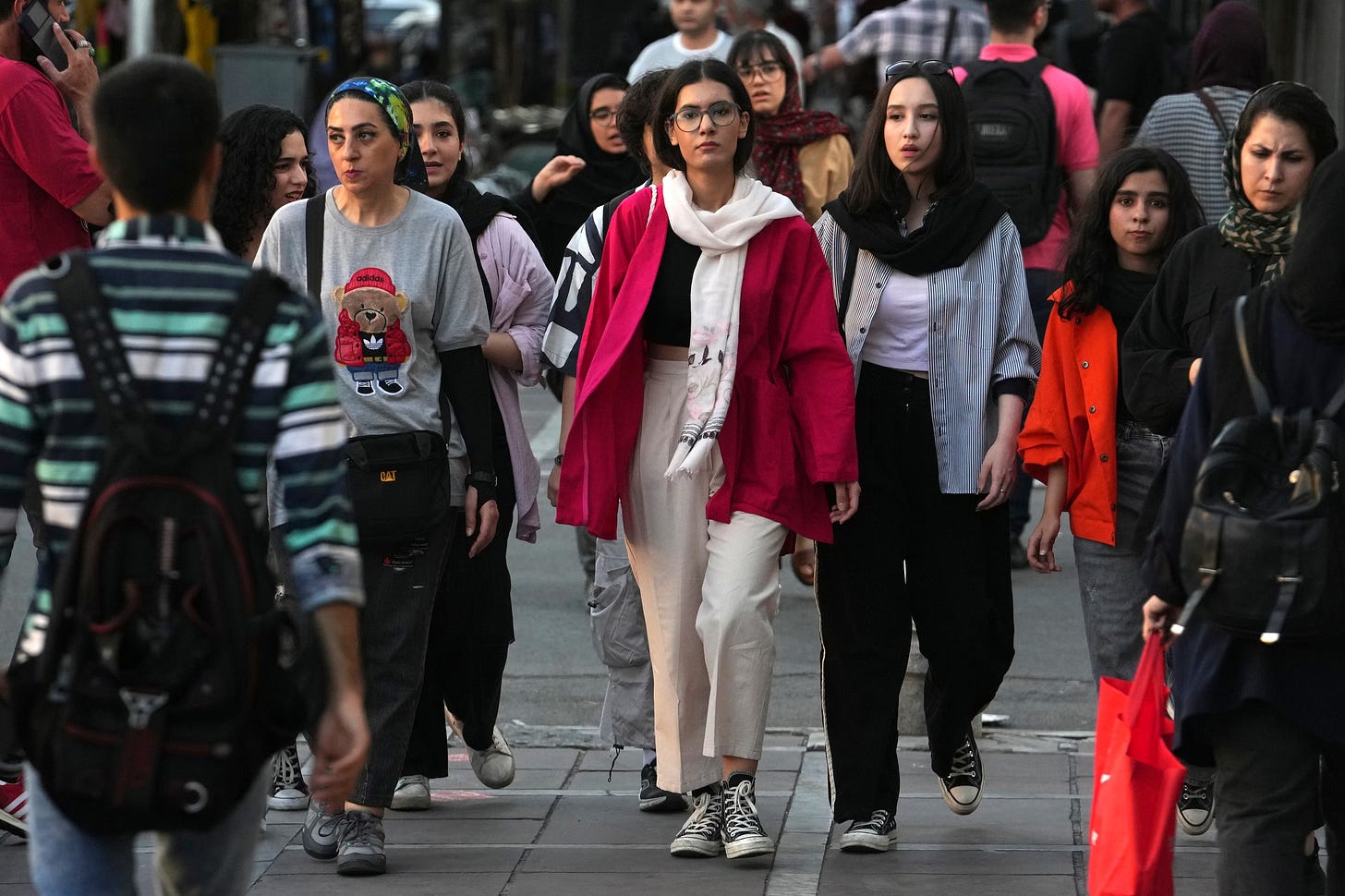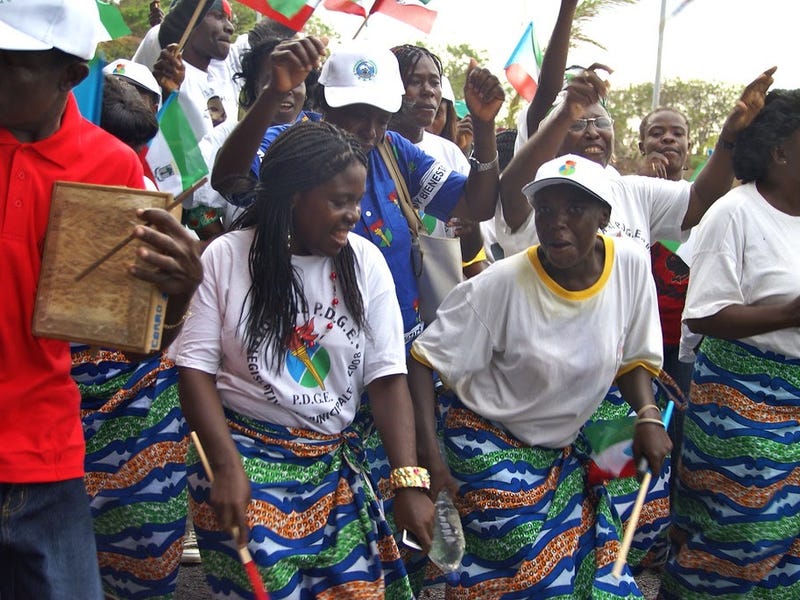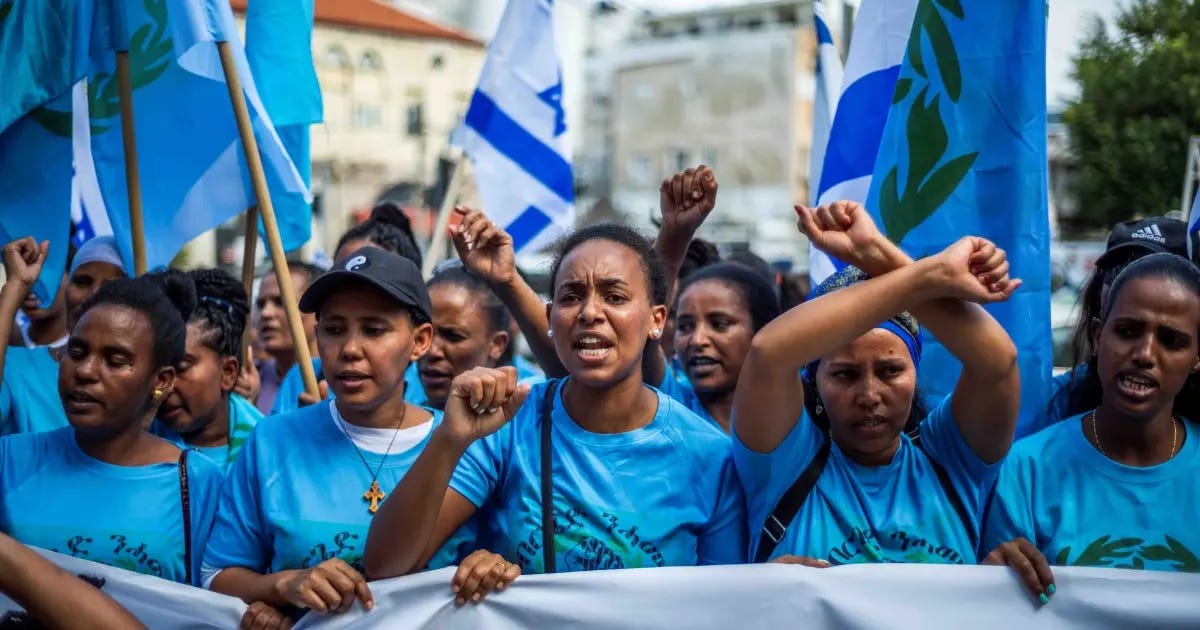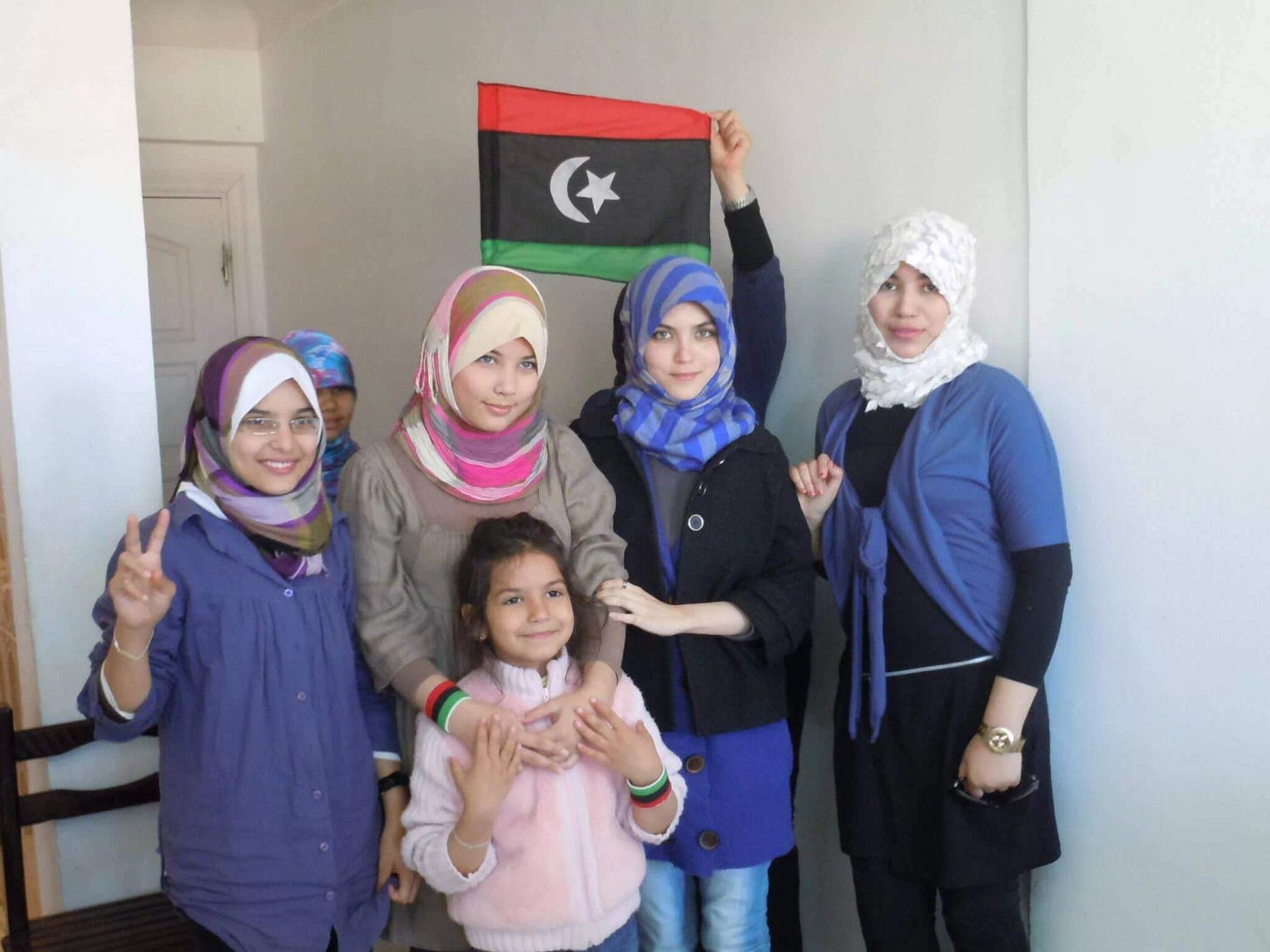Trump's New Travel Ban Targets Those Who Need It The Most.
The 12 Countries Targeted Each Have Unique, But Severe Claims To Needing Asylum.
Donald Trump has officially signed a proclamation banning travel from 12 countries, all of which have predominantly brown populations, in what appears to be a reiteration of the 'Muslim ban' from his first term.
There is no apparent rhyme or reason behind doing this, other than Trump wanting to restrict immigration. Which would then beg the question why a single European, or predominantly Caucasian-populated country wasn’t included on the list.
To me, it seems clearly racially targeted.
To further iterate the need these countries have for their claims to asylum, I thought we could briefly walk through what the on-the-ground conditions are in each one.
By the end of this article, I hope to show how this decision for these specific countries is morally bankrupt at best.
Sudan
The conditions in South Sudan have long been horrendous, and are only growing worse. For starters, a U.S recognized genocide is currently ongoing in the region.
There are widespread acts of sexual violence, gender-based violence, with credible claims of ethnic cleansing from multiple human rights organizations. Over 12 million civilians currently remain displaced.
Over 600,000 people are experiencing famine, including plenty of small children. Disease is rampant, over 3.4 million children under 5 are at high risk of exposure to epidemic diseases.
Half of Sudan’s population, roughly 25 million people, require humanitarian assistance. They face extreme shortages of food, water, medicine and fuel and more than half the population are facing acute food insecurity, including 8.5 million of them at emergency levels.
Women and children face the highest risk, and tensions are only continuing to boil with the violence and attacks raging on.
This is a genocide and humanitarian crisis with no end in sight.
Republic Of Congo
The Democratic Republic of Congo has long been plagued by poverty, humanitarian crises, and genocide. With the First Congo War beginning in the wake of the Rwanda genocide after a large influx of refugees.
Since then, millions have been displaced. Over 6 million have been killed in conflict, and this is without mentioning countless bodies lost in mass gravesites.
The humanitarian crisis is currently at an unprecedented scale. Over 27 million civilians are in critical need of aid or assistance, over 1 million currently sit displaced from their homes.
Gender-based violence is also up almost 300%.
Over 27.7 million civilians are experiencing acute food insecurity, with disease running rampant and lack of access to equipment needed to treat them causing unnecessary deaths.
What is happening in the Democratic Republic of Congo is undoubtably one of the most complex, and protracted humanitarian crisis in the world. With a legitimate claim to genocide as well.
Haiti
Haiti also has claim to being one of the worst humanitarian crises currently ongoing, and largely for reasons outside of itself.
From it’s inception a large debt was incurred on it by France, in a deal that would’ve brought imminent destruction to them had they refused.
It’s faced lots of destabilization from outside forces, notably the United States, preventing it from ever having true political stability or economic growth potential.
They then faced a devastating earthquake that only further ravaged their infrastructure back in 2010. Since then, the humanitarian crisis on the ground has quickly escalated.
Over 700,000 people are currently displaced, including 350,000 children who’s education has been disrupted entirely. There has also been a 1000% surge in sexual violence against children, as reported by the United Nations.
50% of Haitians face acute hunger, food insecurity is growing, the threat of famine present, with disease levels rising as well. All while violence and the presence of gangs is growing.
Haiti is an area not safe for anyone, especially the vulnerable, with an ever-growing humanitarian crisis.
Yemen
Civil war is a long-running issue in Yemen, and what has set the stage for the humanitarian crisis many there currently experience.
Food insecurity in Yemen is at historic levels. Nearly 18 million Yemenis, which represents over half the population, don’t know when they’ll eat another meal.
Over 18 million need humanitarian assistance, with over 4.5 million currently displaced from their homes.
Yemen is one of the poorest countries in the MENA region. On the Human Development Index, it ranks 168th out of 177 countries. It is estimated that 80% of the population lives below the poverty line.
Along with the food struggles, Yemen experiences sever water scarcity. This only further affecting their ability to grow crops.
Each day an average of 1,000 children under the age of 5 die in Yemen from malnutrition or preventable disease. This boils down to one child each 10 minutes.
Somalia
The latest food security data show that over 6.6 million Somalis desperately need assistance, this includes 40,000 “fighting for survival in famine-like conditions.” 47% of the population in Somalia is affected by conflict, floods, drought, disease outbreaks and displacement.
They are still working to recover from the worst drought in the last four decades, which began in 2021, and ended in 2023. These drought-related impacts have only continued to affect 4.3 million civilians across Somalia. With an estimated 727,000 who are teetering on the brink of starvation.
The drought also killed roughly one-third of the countries livestock, leaving many people without their livelihood and only further worsening food insecurity levels.
Violence in Somalia is also a major issue, from both rebellion and government led factions. With everything from sexual and gender-based violence, to unlawful killings.
Chad
Chad is the name of every annoying frat-boy, and also an African country facing crisis sparked by the displacement of refugees from its neighbors.
3.4 million of its people currently face food insecurity, this represents 1.9 children who are acutely malnourished between the ages of 6 months to 5 years.
45% of Chad lives in extreme poverty.
Floods caused by heavy rain have affected more than 1.496 million people, destroyed over 259,332 hectares of crops, and caused the loss of more than 66,728 heads of livestock.
As poverty levels rise, and refugees are forced to flood in, violence and political instability follows suit.
Afghanistan
Over 5 million Afghans have been driven out of their homes by conflict, violence, and poverty, creating the humanitarian crisis in Afghanistan. More than 3 million people from Afghanistan have also been displaced internally.
Nearly 24 million Afghans are in direct need of humanitarian assistance or protection. Nearly half(48%) of the population lives below the poverty line, with one-third facing food insecurity.
Afghanistan has faced multiple infectious disease outbreaks, with measles being the most current. With lack of access to adequate care or treatment only exacerbating the issue.
Due to Taliban rule women are being pushed out of public life, given less rights, and restricted to the home in a way that encroaches on their human rights. This has sparked a mental health crisis among women in Afghanistan.
Myanmar
Myanmar is top 3 on the 2025 emergency watchlist, due to climate-vulnerability and conflict exacerbating the on-the-ground crisis.
Millions are in need of humanitarian assistance, with over 3 million fleeing their homes and finding themselves displaced.
Sexual violence, as well as gender-based violence is on the rise. Causing concern for many women and girls in the country.
Cholera outbreaks and other diseases plague the country, with 6,000 cases being confirmed in just 10 months. Lack of access to hospitals, or medical equipment makes these otherwise preventable diseases deadly.
On March 28, 2025, a size 7.7 earthquake hit Myanmar, causing massive damage. The government has declared a state of emergency in six regions.
There is widespread damage to buildings and roads. Communication and transportation are down as well, making it hard to know how bad the destruction really is.
Iran
Iran has long been seen as a “boogeyman” of sorts in the middle east, maybe leading one to lean toward supporting a travel ban being placed on the country. It should be noted however, Iran is the worlds largest refugee hosting country.
Which does not come without it’s struggles.
Economically, poverty is widespread with 30% of the population below the poverty line. Food insecurity is a struggle for many and inflation rising is a constant issue.
On the other side of the coin, there are many gross human rights violations keeping Iran from being a safe place for many.
Freedom of speech and expression is not only censored but often punished, with torture being a normalized and systemic practice in their prisons.
Women are barred from education, work, even driving in many instances, with their rights being minimal. This can also be said for the LGBTQ community with same-sex relationships being criminalized.
Religious minorities also face discrimination at significant amounts, with religious violence only becoming a bigger issue.
Equatorial Guinea
The issues in Equatorial Guinea can be tied back to poverty and authoritarian rule.
70% of the country currently lives in poverty, despite it being the third richest country on the continent.
Maternal mortality rates are through the roof, especially for ages 15-19.
Human rights violations are almost the norm, from freedom of speech, unlawful killings, arrests and detainment without charge, and the suppression of women’s rights.
Only 20% of the population of each sex complete basic education, with only just over half the population enjoying a full time job.
Eritrea
You could probably count on one finger the amount of people you know personally that know Eritrea exists. This however does not discount the very real struggles that plague it as a nation.
Eritrea is a one-party state that has not held elections since it gained it’s independence. It has forced conscription to military service that is more like slavery, and they do not allow a free press.
Sexual violence against women is a prominent issue, as is gender-based discrimination. Conflict in the area has displaced over 2.2 million civilians, leaving them in dire need of assistance.
Libya
Deep civil conflicts plague the safety of civilians in Libya. With political instability and violence only growing more present.
These increases in political tensions have only worsened the violations of human rights seen across the nation.
Thousands are detained for mere political affiliation, held in prison without charge. In those prisons torture is still a systematic practice. Activists and protestors are often “disappeared” for nothing more than peacefully organizing.
Same-sex relationships are still criminalized, with attacks against the LGBTQ community being a major issue. With gender-based violence increasing as well.







